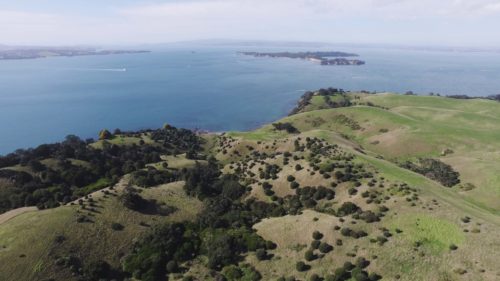
- By Laura Kvigstad, Auckland Council reporter
Funded by New Zealand on Air.
A comparison of scallop surveys between last year and 2012 has found that only seven per cent of the Hauraki Gulf’s deep water scallop population remains.
Concern for the state of the fishery led to a rāhui tapū being placed over the gulf last month.
NIWA fisheries scientist Dr James Williams led the recent surveys of scallop beds and presented his research to the Hauraki Gulf Forum February 28.
“We don’t know for sure what is causing this decline, but we have some ideas,” Williams said.
Williams was concerned for the reproductive cycle of scallops.
Scallops do not travel far meaning reproduction has to occur where there is a high number of scallops close together, Williams said.
“High density scallop patches are rare.”
Co-chair Nicola MacDonald asked how mana whenua could best support habitat restoration in the gulf.
Williams responded that closed areas or rotational gathering areas were options, but the most important thing right now was data gathering.
“Until we know what a healthy habitat for scallops looks like, we won’t know how to restore it,” Williams said.
“We need to determine the effect of sedimentation and dredging before we can figure out how to actually maintain them.”
Williams was excited at the prospect of using artificial intelligence to determine population numbers in areas that had not been dredged.









